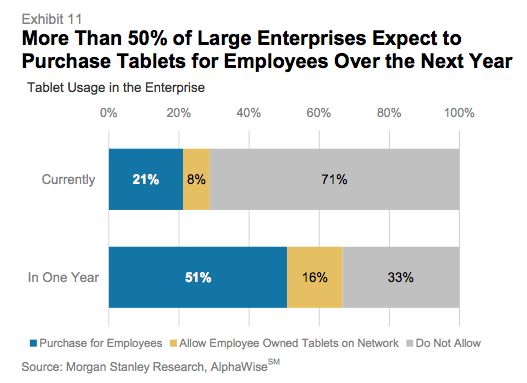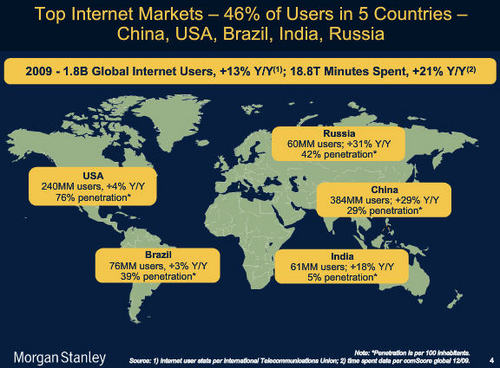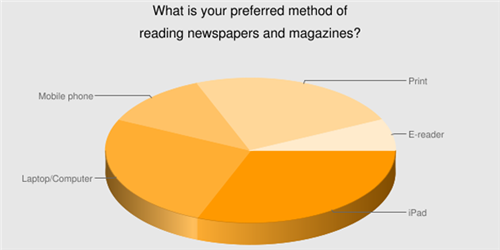 On August 27 in Sydney The Insight Exchange is running an iPad Strategy Workshop as part of the Newspaper Publishers Association Future Forum conference. It is free for PANPA members and very inexpensive for others, including discounts for members of industry partners, so if you’re in Sydney I hope to see you there. See here for full details and registration.
On August 27 in Sydney The Insight Exchange is running an iPad Strategy Workshop as part of the Newspaper Publishers Association Future Forum conference. It is free for PANPA members and very inexpensive for others, including discounts for members of industry partners, so if you’re in Sydney I hope to see you there. See here for full details and registration.
It will be highly compressed event, packing much content, action and participation into two hours. One of the highlights will be the panel discussion with a group which has extensive experience and insights to share, including:
Keith Ahern, CEO, mogeneration
Grant Holloway, Managing Editor – Online, The Australian
Warren Lee, Group Director – Content Strategy & Integration, APN
Jan Razeb, CEO, Hungry Mobile (Czech Republic)
Abigail Thomas, Head of Strategic Development, ABC
Content partner for the event is Future Exploration Network, which is currently preparing a website and report on iPad and media. We are still developing the strategy frameworks, but I thought it would be worth sharing some of the high-level strategic issues we think are important, and will be raised at the iPad workshop (to the extent we can in the time available!).
iPad in the distribution mix. As some have pointed out, iPad can not be looked at in isolation. It is one of an increasing number of channels for content distribution and revenue generation. Strategies need to examine not only relative characteristics of the available channels, but how they complement each other and afford economies of scale or reach. In particular, the iPad is just the vanguard of a coming cornucopia of tablets and other media-friendly mobile devices.
Read more →






